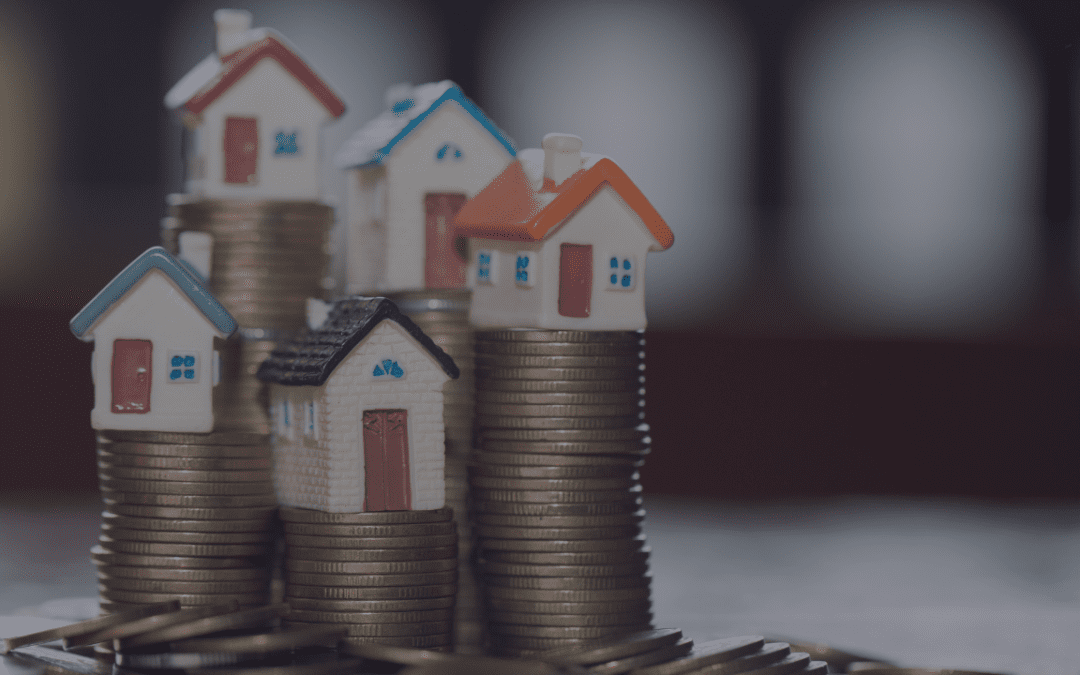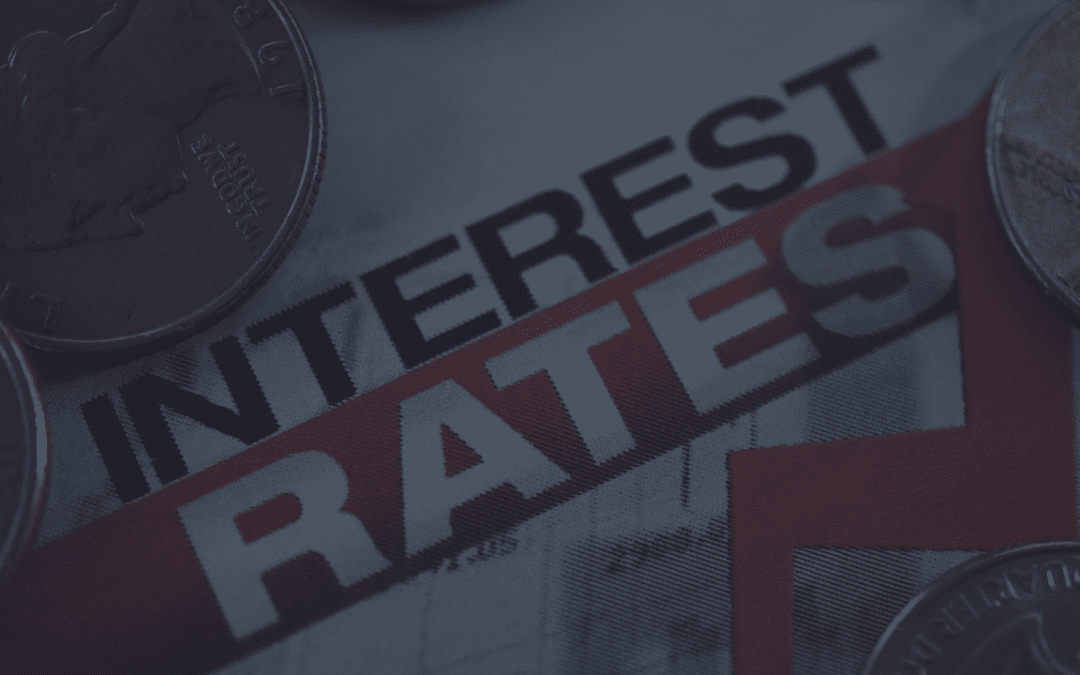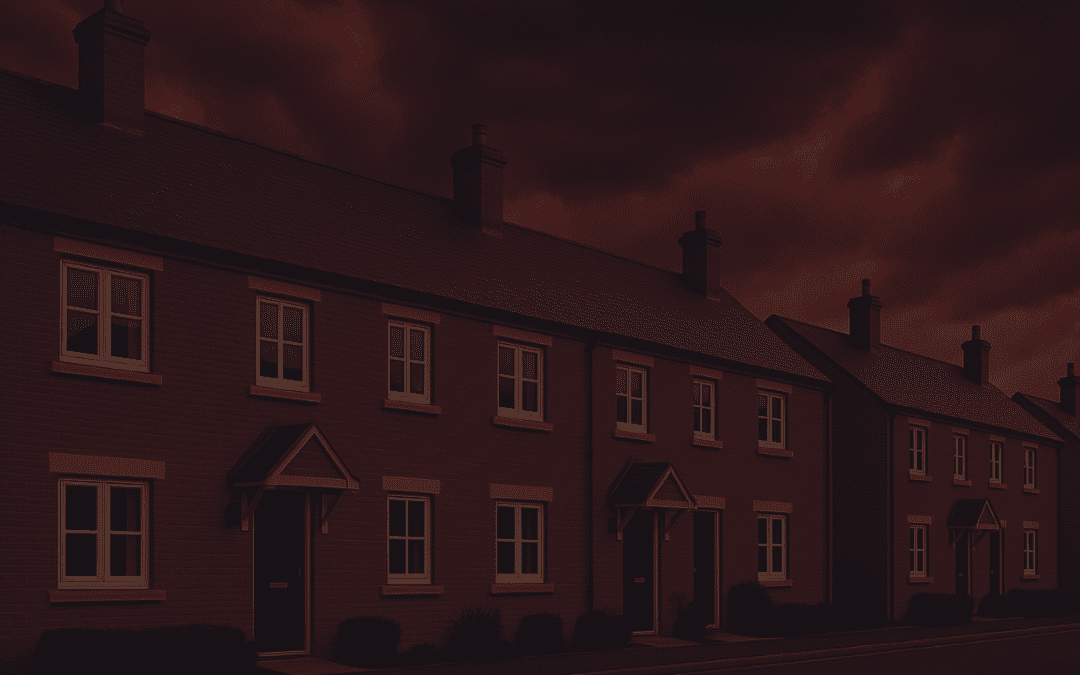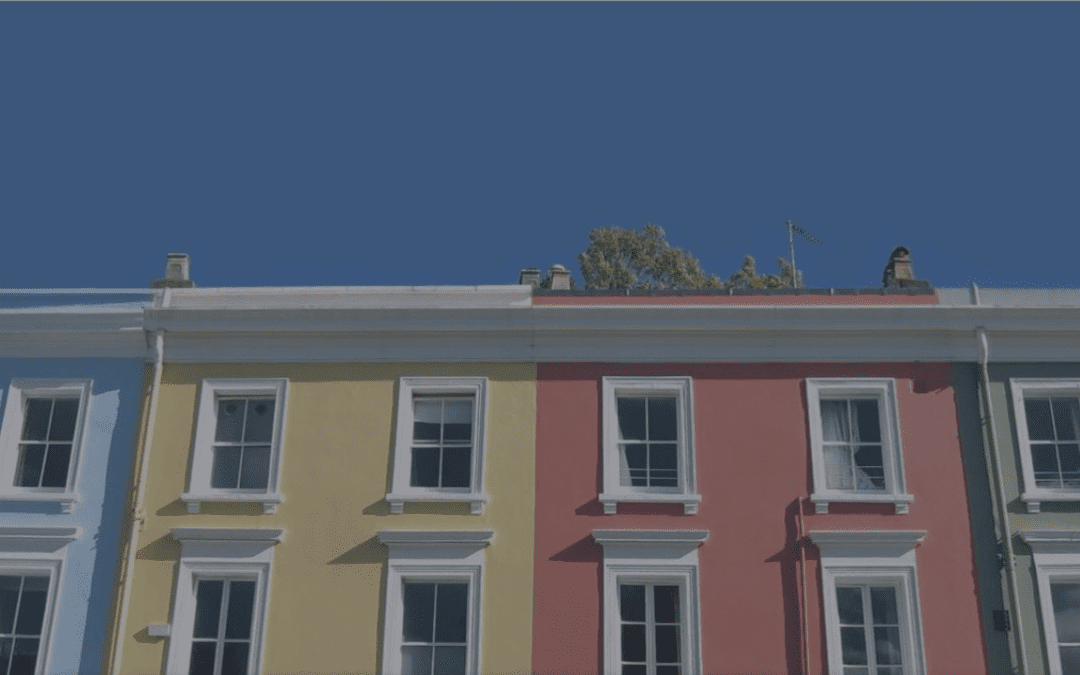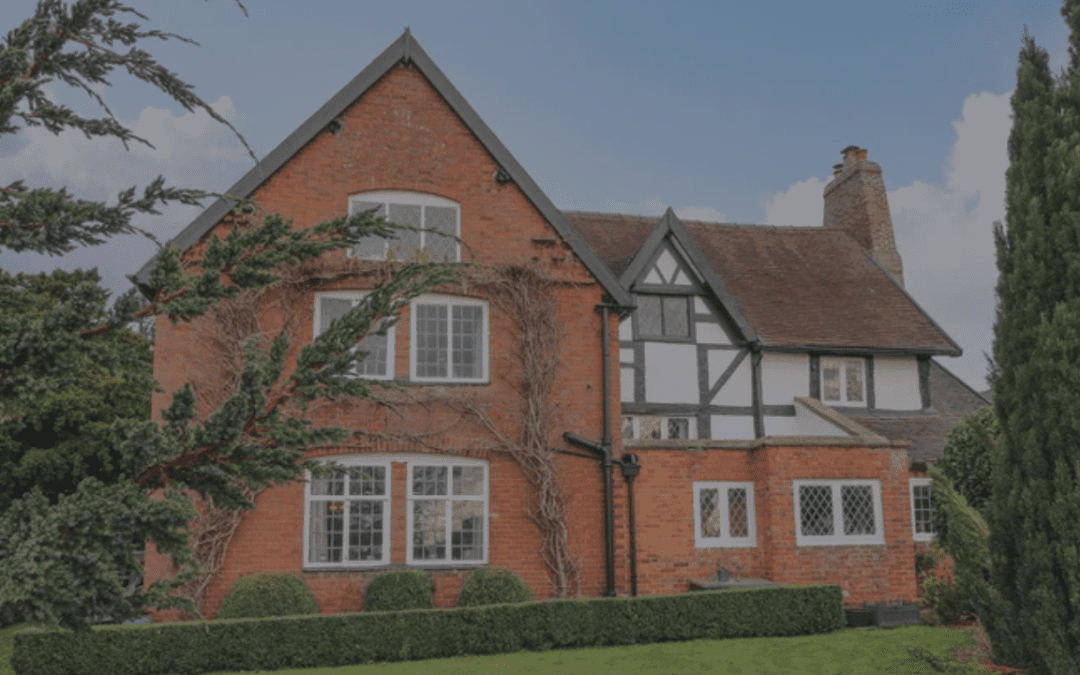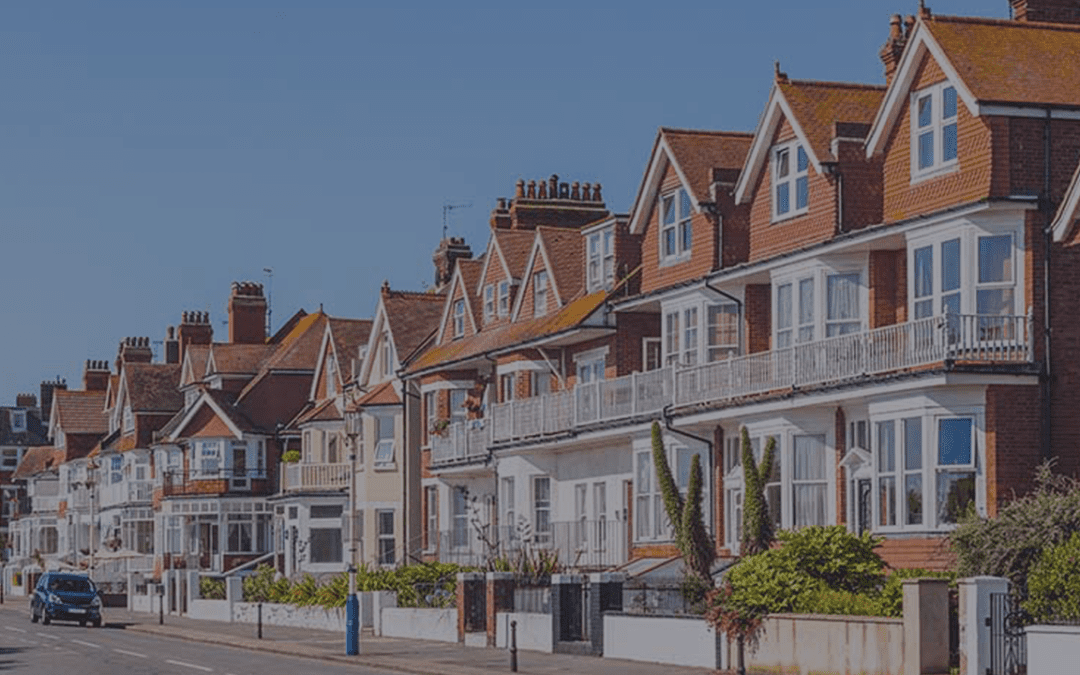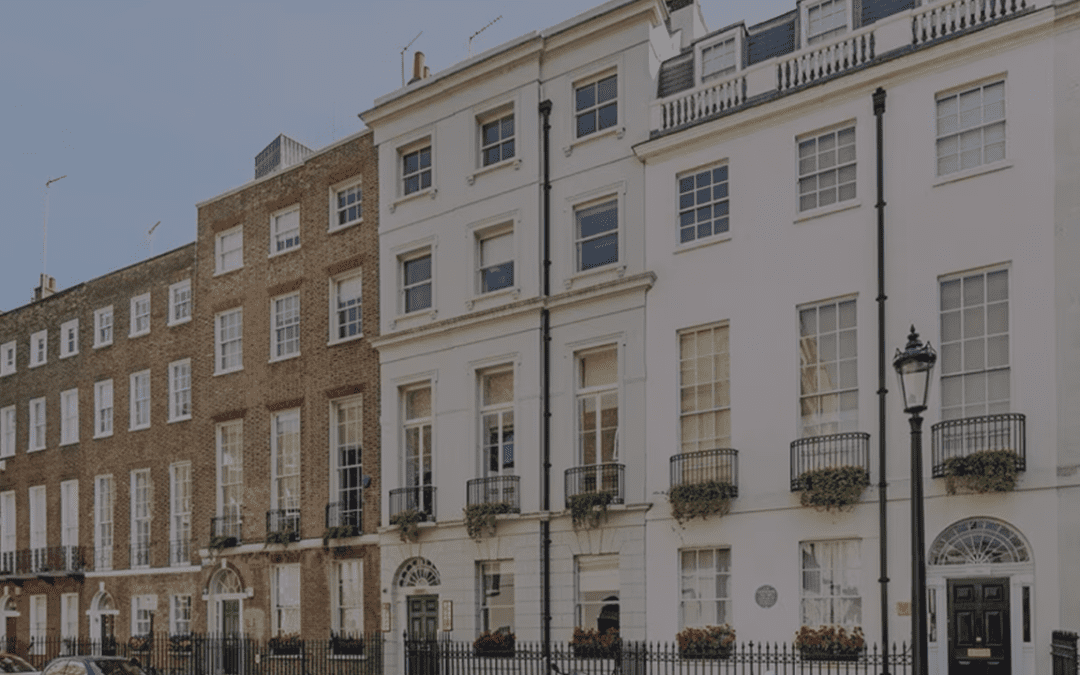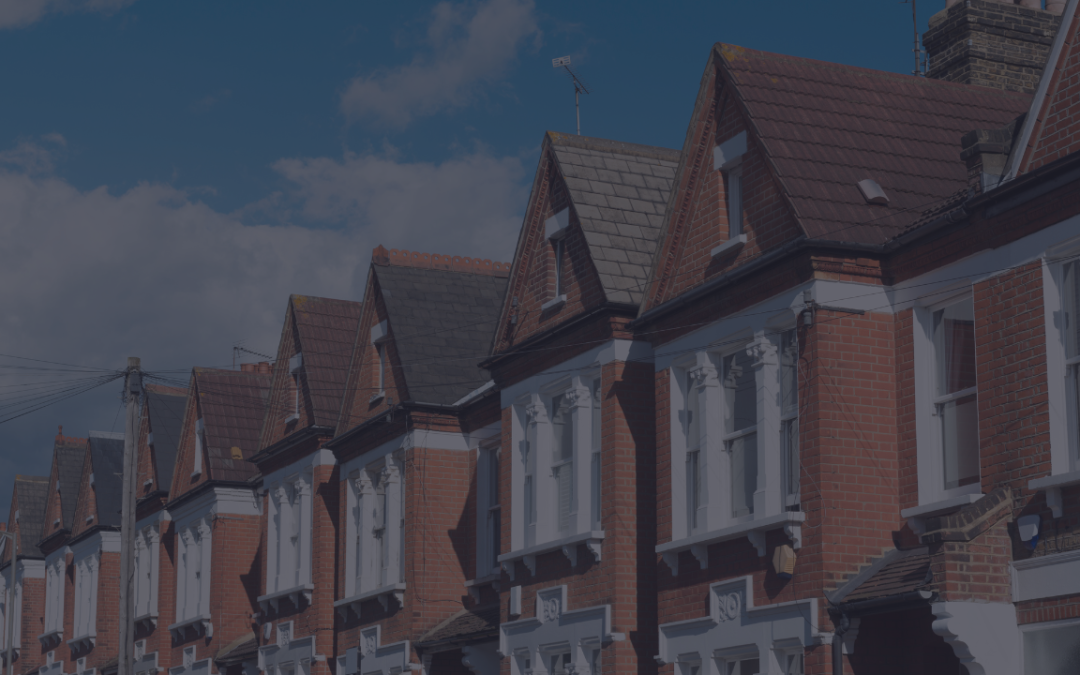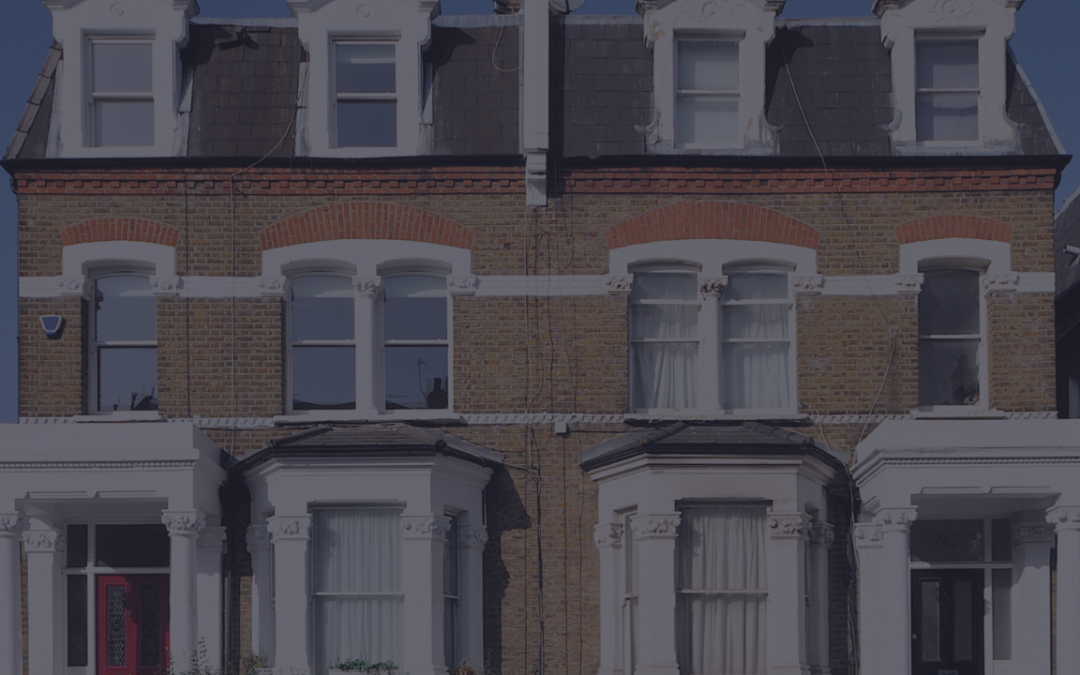In this blog, I’m going to talk to you all about the Purchase Option strategy. In fact, this is part one of a five-part series all about Purchase Options and Purchase Lease Options. There’s so much to share that’s why I’m making it a five-part series. So in this particular blog, we’re going to cover what is a Purchase Option and a Purchase Lease Option?
Why should you be using them as part of your property investing toolkit? Which strategies can you use them with? When should you be using Purchase Options and when not use them? Also why on earth would a seller agree to sell their property to you on an option. So let’s go back to the basics and understand exactly what are Options?
What is a Purchase Option?
Now, there are two main types of Options. The first one is a Purchase Option. This is a contract with the owner and you have a right to buy their property, but not the obligation to purchase. So in other words, if you want to buy, you could absolutely buy. The seller cannot sell it to anyone else but you don’t have to buy it if you don’t want to. That’s why it’s called an Option.
There’s a certain time period in which you have this right to buy called the Option period. Before you start the Option, you agree on the price at which you could buy this asset. That’s called the Option price or the Strike price. It must always be an upfront consideration, which is normally a pound.
You might’ve heard the expression, “You can buy a house for a pound,” that’s not actually correct. What it means is you get this Option to buy the property and the Option might cost you a pound. But you actually buy the property for the agreed price, which might be 200, 500,000 pounds.
Options must always be assignable. That means that if you don’t want to exercise the option you can pass that benefit on to someone else. These are used in land transactions and also with commercial property.
So, that’s a Purchase Option.
“The seller cannot sell it to anyone else but you don’t have to buy it if you don’t want to. That’s why it’s called an Option.”

Purchase Lease Option Strategy
The other type is a Purchase Lease Option. What’s that? Well, it’s got the extra word ‘Lease’. So it’s the same as a Purchase Option but what it means is you make a monthly payment to the owner and then you get to use that asset. Let me give an example of a PLO. So let’s say you agreed to buy property at full market price of say 200,000 pounds. You got the right but not the obligation to buy that any time in the next five years. You pay the owner the Option fee, typically a pound. It might be a lot more but let’s say it’s just a pound. Then you take on their mortgage. The mortgage stays in the owner’s name, the property stays in the owner’s name but you make the payments for the mortgage. You’re babysitting, you’re looking after that mortgage for them. That means that you get to use and look after the property and the owner can go off and forget about the property and carry on with their life.
What’s in it for the seller? Why would a seller do this? You’ve got to put yourself in the shoes of the seller and see it from their point of view. A Purchase Option must be a much better than the alternative to that. Maybe they want to sell the property, but they don’t mind renting out in the meantime because it’s empty at the moment. Or they can get more money by doing a Purchase Lease Option. Maybe they could get a reduction on their tax liability. After all, most people like to pay less tax if possible. Maybe they get to walk away from the hassle. They’re really fed up and they’re tired of managing this property, they don’t want to do that anymore. That means they can then move on with their life.
So lots of reasons why a seller might do this. We want to look for the circumstances where this might apply to this seller. Maybe they want to sell the property but they just can’t find a suitable buyer at the moment, so they’re happy to rent it now and sell it later. Maybe they’ve got a high price that they want to achieve and no one’s prepared to pay that. But you can offer them more if they’re flexible on when they get paid. Maybe they just want to walk away from the hassle, the mortgage liability. They want to get away from the hassle of the ownership. Maybe they’re about to lose the property or they’re about to get repossessed and they want to avoid that at all costs. Maybe they want to sell the property but for whatever reason, they can’t complete it for a while. Maybe there’s an expensive redemption penalty if they pay the mortgage off within a certain time period, they want to sell after that expires. Maybe they bought the property from a council and there’s a claw back if they sell it within a certain time period. Or maybe they’re taxation reasons. Maybe they’ve got a portfolio and they want to sell a number of properties. They want to sell one each tax year to minimise the Capital Gains tax by maximising their personal Capital Gains tax allowance.
Clearly there are many reasons why someone might want to sell a property, but they’re okay with not selling it now but selling it in the future. So let’s go back to that example.
“So the main benefits for you are you can get cash flow and equity growth from a property that you don’t even own.”
My PLO Example
We talked about the property where maybe you can take on their mortgage, you pay 550 a month for their mortgage. If you could rent this property out as a Single Let for 950, that’s a gross profit of 400 pounds per month before any costs. Remember, you don’t own this property. You don’t have a mortgage on it. You do not have to put a big deposit in. But you make 400 pound profit after paying the mortgage, there will be some other costs as well.
There could be a lot more profit if you use it as an HMO, a House of Multiple Occupation or if you use it as Serviced Accommodation. You could make 1000 pound profit per month from this property you don’t own. That would be 12,000 pounds a year profit or 60,000 pounds over the five-year contract. So a significant amount of profit for you for securing this Purchase Lease Option. Not bad, given you don’t have a mortgage or a large deposit to put into the property.
Now it gets even better. Because in five years time, the value of that property might’ve gone up. Maybe it’s gone up to 250,000 and remember you’ve got the right to buy for the agreed price of just 200,000. So you could buy it yourself or you could trade it on to someone else. So either you’re going to pocket a cash profit by selling to someone else. Or you’ve got 50,000 pounds of instant equity in the property the day you buy it. This is why we can offer a seller the full market price or maybe even a little bit more than the current market price. The owner is going to get more money than if they sold it right now. That’s also one of the reasons they often agree to doing a Purchase Lease Option.
So the main benefits for you are you can get cash flow and equity growth from a property that you don’t even own. You don’t need to get mortgages. You don’t need big 25% deposits. You can start making money very, very quickly.
If you bought a property it’s going to be two or three or maybe even four months before you start bringing revenue in. But an Option contract can be secured with a solicitor in three or four weeks.

Purchase Lease Options Won’t Always Work
Now it’s very important you do it correctly. And in fact, part five of this five-part series we’re going to talk all about the legalities and the paperworks and what you need to do. But that’s coming up later on.
Most investors just don’t know how to do this, which means there’s not very much competition. So it really is a great strategy that you should be using. Now, it sounds great, right? But what’s the catch? Surely it can’t be as good as that Simon. Well, let me be really clear, Purchase Lease Options don’t always work. They’re not always an appropriate strategy. This is a mistake that many investors make when trying to do PLOs. They try to use this great powerful tool on every single deal. They try to use it when it’s just not going to work for the seller.
If the seller needs the money now, it’s not going to work. So no wonder most sellers don’t agree to this and investors think the Options don’t work. But in the right circumstances, they can be absolutely perfect. So there are two key indicators that you need to look for to make sure a PLO is an appropriate strategy.
“We need to understand why this person is selling the property? There are two groups of people fundamentally who might be selling property.”
Key Indicators
We need to understand why this person is selling the property? There are two groups of people fundamentally who might be selling property. The first one is a group of people where there’s equity in the property, and they’re selling that property because they want access. Maybe they need the money for something else. The equity is the difference between the value of the property, and a mortgage that might be on the property. They need the cash for something else. In that case, a PLO is just not going to work. They’re not going to get the money now, we’re suggesting to get the money in three or maybe five years’ time. But there’s a second group of people who are selling their properties.
It’s a smaller group of people, but still a lot of people. They’ve got an alternative reason for selling. Maybe they’ve got equity, maybe they haven’t got equity in their property. But the whole point is they don’t want this property, they want to get rid of it. They want to get away from the hassle. They want to get away from the liability of the debt. But here’s the important point, they don’t need the money from the sale. They’re not selling it to get the money. In group one, they’re selling to get the money. This is group two, people who just want to get away from the property, get rid of it. They don’t necessarily need the money, which means they’re just going to put the money in the bank. We know at the moment, money in the bank is not getting a very good return. So in this case, PLOs could be absolutely perfect. So we want to make sure that first of all, the person doesn’t need the money and secondly, they have favourable mortgage conditions. So what are these? Well, if there’s a mortgage we want a nice low interest rate. We want to get an interest only mortgage. This means if we’re paying the mortgage on behalf of the owner, it’s going to be nice, low payments. Ideally, we want a buy-to-let mortgage, because we already got permission rather to rent the flat out. We want a long period left on the mortgage. This is because if a mortgage is due to be paid back in two years we can’t get a three or five-year option on it. Or maybe there’s no mortgage at all. So we’re looking for these favourable mortgage conditions.
By the way, if we want to do a Purchase Option we need to understand everything about the mortgage. Landlords are the best people to get the ideal mortgages from. Landlords probably have a low interest rate. Probably interest only. It should be a Buy-to-Let mortgage. They might have a long time left to run on the mortgage. So remember, we want both of these criteria in place for an Option to be appropriate. First of all, they don’t need the money from the sale now because they’re not going to get any money from the sale. Secondly, we want these favourable mortgage conditions. If we have both of these in place, then we could potentially do a Purchase Lease Option.
The great thing about a Purchase Lease Option is that it’s just a way of controlling a property, it can be used in conjunction with every other property strategy. If you want to do Single Lets, PLOs work. If you want to do HMO’s, Houses of Multiple Occupation. Or Serviced Accommodation. Or Commercial to Residential conversion. Or Commercial property, a Purchase Lease Option will work with all of those if these two criteria are met.

